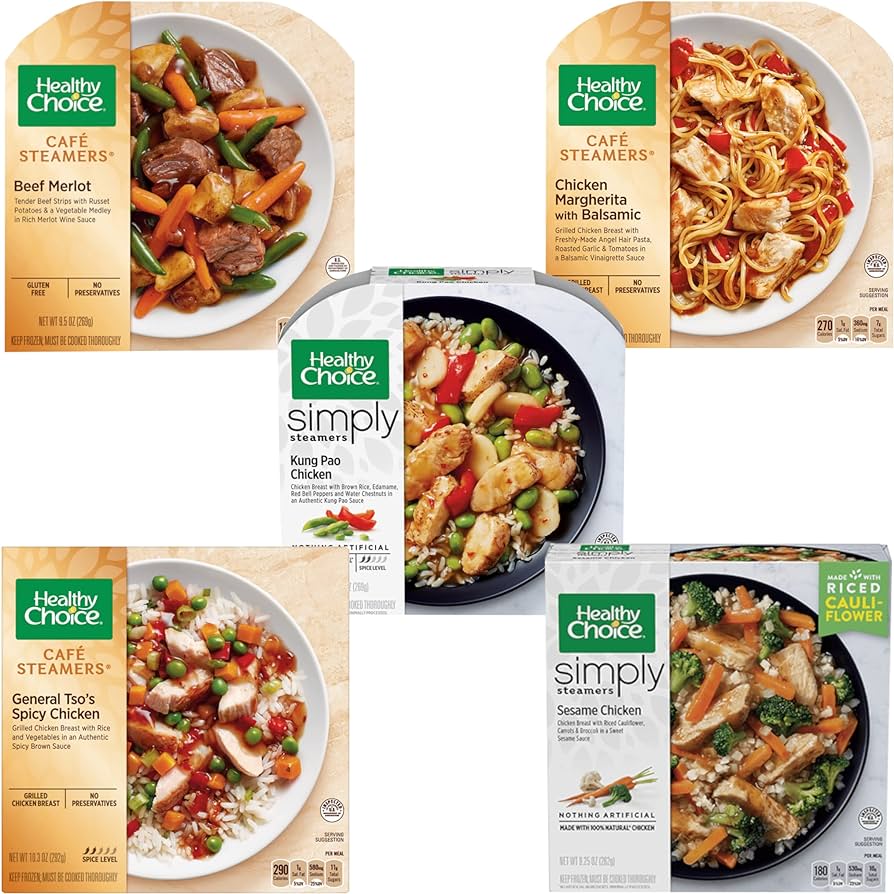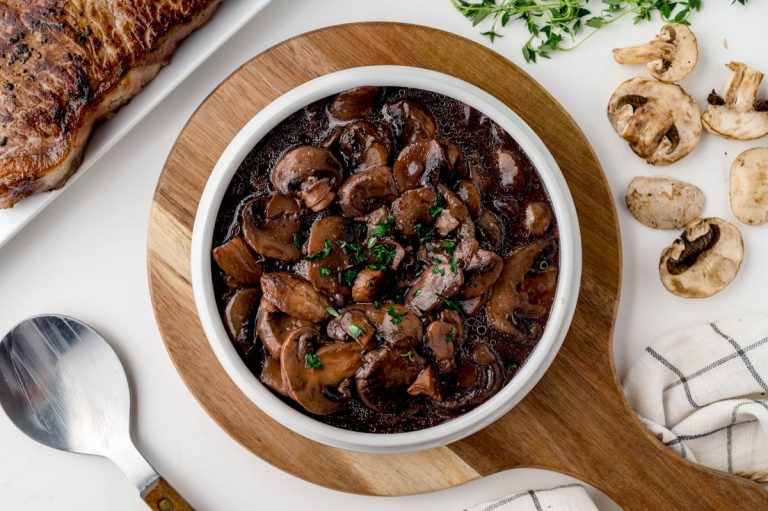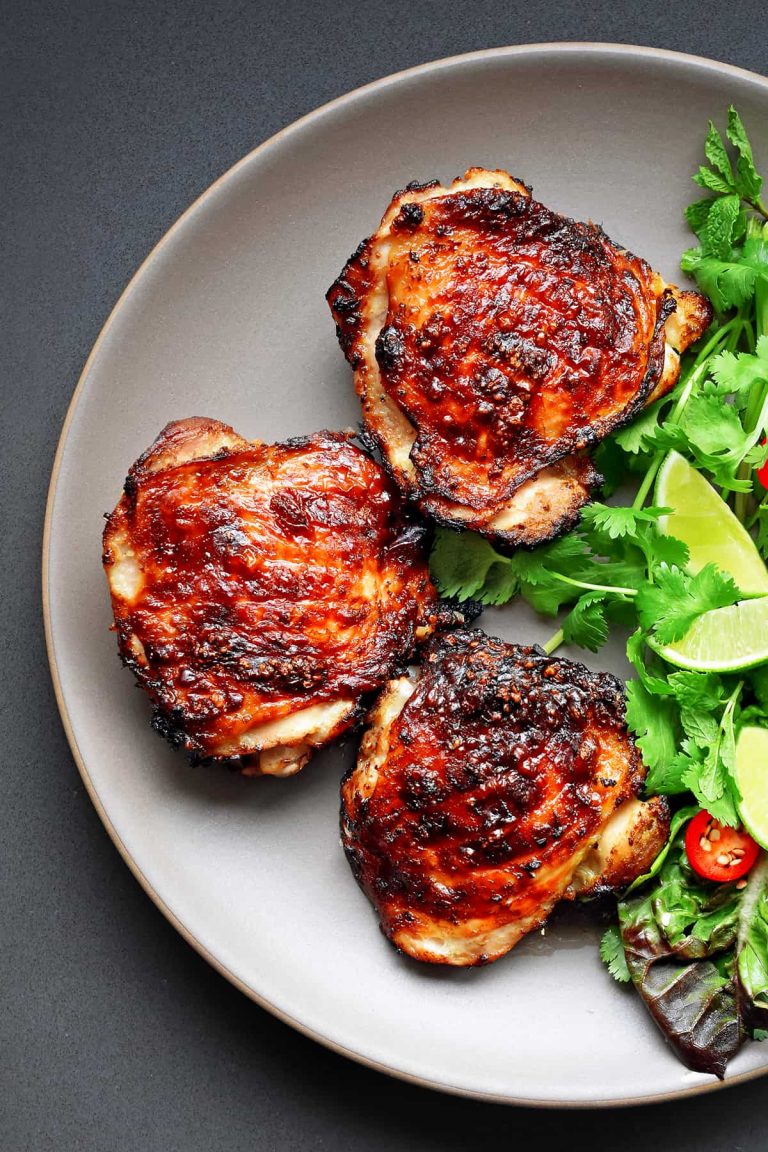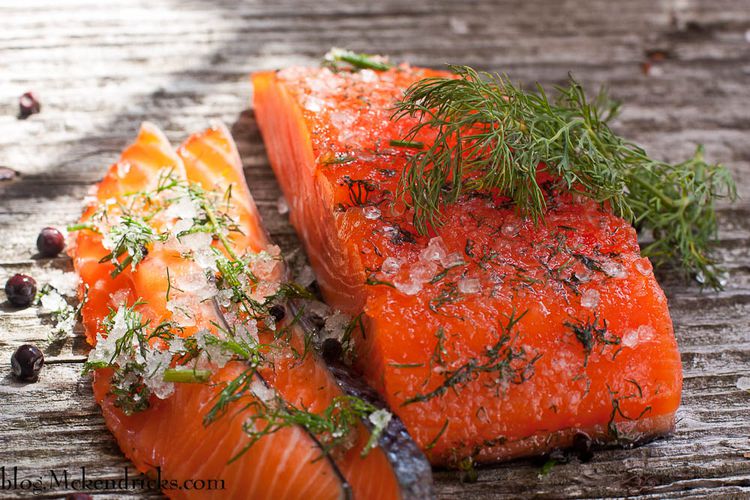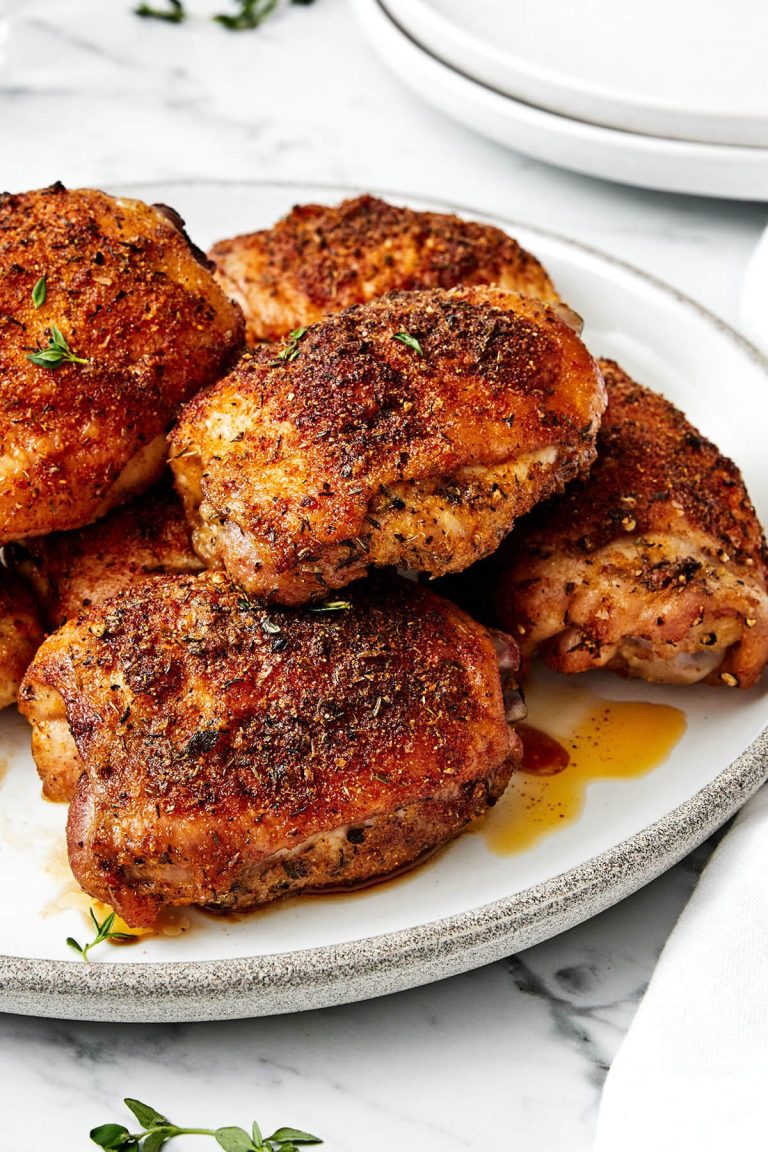Brown Gravy: History, Recipes, and Healthier Options
Brown gravy’s roots can be traced to European cuisine, specifically in France and England. Both regions have long traditions of meat-based sauces to enhance complex flavors. French “sauces brunes” and English “gravé” are early examples. Each culture’s preference for rich, hearty meats often included brown gravy as a staple accompaniment to dishes like roasts and stews.
The technique to make this savory sauce often involves deglazing the pan drippings from roasted meats, thereby capturing all the concentrated flavors. The use of roux, a mixture of fat and flour, also contributes to its consistency. Brown gravy not only complements meats but also enriches vegetables and side dishes, demonstrating its role in bringing together diverse elements of a meal. Cooking methods and local ingredients have shaped its preparation over centuries.
Evolution of Recipes
Early brown gravy recipes were often simple, focusing on available ingredients like meat drippings and stock. Over time, chefs introduced vegetables, wine, and various seasonings to create more nuanced flavors. The classic French technique evolved into numerous variations as it spread across Europe and later to other continents.
Modern recipes sometimes replace traditional fats with healthier options or substitute gluten-free flours in response to dietary preferences. The basic principles remain consistent regardless of these adaptations: achieving depth and richness through careful selection of ingredients. Homemade versions allow for creativity, enabling you to tailor the gravy to your taste by adjusting seasoning profiles.
Brown gravy’s evolution mirrors changes in cooking technology and cultural exchanges, validating its enduring appeal. As you experiment with new recipes, you’ll contribute to this ongoing culinary tradition.
Key Ingredients in Brown Gravy
The Role of Roux
Roux serves as the foundational thickening agent in brown gravy. Created by cooking equal parts flour and fat, usually butter or oil, roux develops a rich flavor profile as it browns. This process also enhances the gravy’s color. By adding warm stock or broth to the roux, you achieve a smooth, velvety sauce.
Variations in Stock and Broths
Choosing the right stock or broth determines your gravy’s ultimate flavor. Traditional recipes often use beef stock for a robust taste. Chicken or vegetable stocks offer milder alternatives. Wine can also be included in some variations for added complexity. By selecting high-quality ingredients, you enhance the overall depth and richness of your brown gravy.
Cooking Techniques for Perfect Brown Gravy
The Importance of Simmering Temperature
Maintaining the correct simmering temperature is crucial for perfect brown gravy. Keep the heat low to medium to avoid burning or clumping the roux. Consistent simmering helps meld flavors and integrate the ingredients smoothly. Monitor the temperature with a cooking thermometer, targeting around 180-190°F. If the gravy boils, the texture becomes uneven, and flavors may degrade. Stir consistently with a whisk to prevent sticking.
Tips for Achieving the Right Consistency
Achieve the right consistency by properly balancing the roux and liquid ratio. Typically, use 2 tablespoons of flour and fat (butter or drippings) per cup of liquid (stock or broth). Gradually whisk in the liquid to avoid lumps. Adjust the thickness by adding more liquid if it’s too thick or simmering longer if it’s too thin. For a glossy finish, consider adding a small amount of cream or a pat of butter at the end. Use a strainer to remove any lumps for a smooth texture.
Common Uses of Brown Gravy
Traditional Dishes
Brown gravy traditionally enhances several classic dishes. Roast beef, turkey, and pork benefit greatly from its rich flavor. When you pour it over mashed potatoes or stuffing, these sides become even more hearty and satisfying. Meatloaf often incorporates brown gravy, creating a moist, flavorful meal. In the British Isles, shepherd’s pie often features a layer of brown gravy between the meat and mashed potato topping. Recognizable by many, Salisbury steak typically gets served with a generous helping of brown gravy.
Innovative Dishes and Pairings
Modern cuisine explores new ways to use brown gravy in creative pairings. Poutine, a Canadian favorite, involves crisp fries topped with cheese curds and brown gravy. Southern cuisine sometimes includes brown gravy on fried chicken or biscuits, adding a savory dimension. Over quinoa or brown rice, brown gravy provides a flavorful sauce alternative for grain bowls. You can drizzle it on roasted vegetables like carrots or Brussels sprouts to add depth. Vegetarian meat substitutes also pair well with brown gravy, lending them the rich taste traditional gravies offer.
Summary
Brown gravy complements traditional dishes like roast beef and mashed potatoes, while innovative pairings like poutine and grain bowls showcase its versatility. This sauce adds richness and depth across various cuisines, making it a staple in both classic and modern recipes.
Health and Nutrition Considerations
Caloric and Fat Content
Brown gravy’s caloric and fat content varies based on ingredients and preparation methods. Traditional recipes generally contain 20-50 calories per tablespoon, with 1-3 grams of fat. Using butter, cream, or fatty drippings increases fat content, while vegetable-based recipes lower it. Moderation is key when enjoying brown gravy as part of a balanced diet.
Gluten-Free and Vegan Variants
Gluten-free and vegan brown gravy options provide delicious alternatives. For gluten-free versions, replace all-purpose flour with rice flour or cornstarch as thickening agents. To create vegan gravy, substitute animal stock with vegetable broth, and replace butter with plant-based margarine. These adaptations maintain the rich flavor of traditional brown gravy while catering to dietary restrictions.
Conclusion
Brown gravy is more than just a sauce; it’s a culinary tradition with deep roots in European cuisine. By using high-quality ingredients and mastering the right techniques, you can create a rich and flavorful gravy that elevates any dish. Whether you’re pairing it with classic roast beef or modern favorites like poutine, the versatility of brown gravy is unmatched. Additionally, there are numerous ways to adapt traditional recipes to meet dietary needs, ensuring everyone can enjoy this timeless staple. So next time you’re in the kitchen, don’t overlook the power of a well-made brown gravy to transform your meal.
